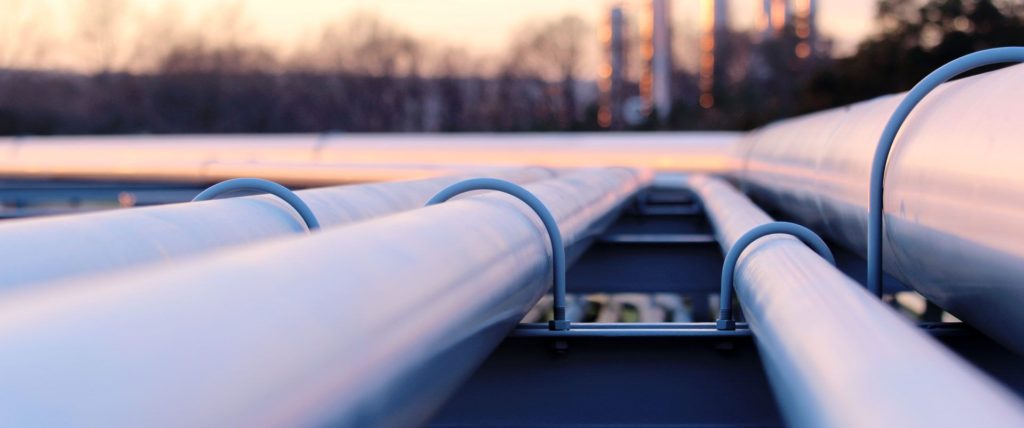Corrosion Control Services For The Oil & Gas Industry

Scape consulting offers a full suite of corrosion control & cathodic protection services to the oil and gas industry.
Why Cathodic Protection is Important to the Oil and Gas Industry
Corrosion, which is one of the leading pain points for many oil and gas companies, results in the aging of industrial infrastructure. Because almost every aqueous environment can accelerate corrosion, it poses a significant risk to oil and gas production and transportation. This is where cathodic protection comes in, as it helps to counter these risks while protecting pipelines and tank farms from aging and degradation.
This method involves using sacrificial anodes or applying electric current to eliminate metal corrosion. This article will discuss the common types of corrosion oil and gas companies face and how cathodic protection helps mitigate their harmful effects.
Common Types of Corrosion that disrupt the Oil and Gas Industry
CO2 Corrosion
CO2 corrosion is one of the major corroding agents within the oil and gas production infrastructure. CO2 gas becomes corrosive when it dissolves into an aqueous environment, resulting in an electrochemical reaction between the steel pipe and the aqueous environment. CO2 aids in the corrosion of oil and gas pipelines regardless of the temperature. However, other factors influence this type of corrosion, like pH value, aqueous stream composition, flow condition, metal characteristics, and non-aqueous phases.
H2S Corrosion
This corrosion occurs when a metal comes into contact with moisture and hydrogen sulfide, resulting in its deterioration. H2S corrosion, which is also called sour corrosion, is very damaging to drill pipes, and it causes pipeline embrittlement. The corrosive byproducts of this process, iron sulfide, and hydrogen also play a considerable role in metal corrosion.
Oxygen Corrosion
Corrosion of drill pipes can occur when oxygen dissolves into drilling fluids, and this process is referred to as oxygen corrosion. The high travel velocity of the drilling fluid enhances the constant supply of oxygen to the pipe, which aids in its destruction regardless of the concentrations. Plus, oxygen presence intensifies the corrosive effects of acidic gas like H2S and CO2.
Microbiologically-Induced Corrosion
Waste produced by bacteria often contains H2S, CO2, and organic acids that can work together, leading to pipes’ corrosion. This microbiologically-induced corrosion increases the toxicity of the pipeline fluids, which aids their corrosion. This type of corrosion can cause pipe wall pitting, and it can be easily detected on pipeline surfaces.
How Cathodic Protection Alleviates Corrosion Effects
Cathodic protection involves decreasing the potential difference between an anode and a cathode to reduce corrosion. Oil and gas companies achieve this process by applying an electric current to their pipeline, a corrosion source from the outside. They can use cathodic protection in two primary ways:
• Sacrificial anode cathodic protection – This process involves using naturally occurring electromechanical potentials of various metals to protect industrial infrastructure against corrosive forces.
• Impressed current cathodic protection – In this method, Oil and gas companies can use a power supply to impress or force electrical current on the metal.
To Wrap It Up
Cathodic protection is a preventative solution used by oil and gas companies to reduce corrosion’s debilitating effects on their systems and operations. This process to protect their major assets including pipes, pipe casings, storage tanks, and other structures.